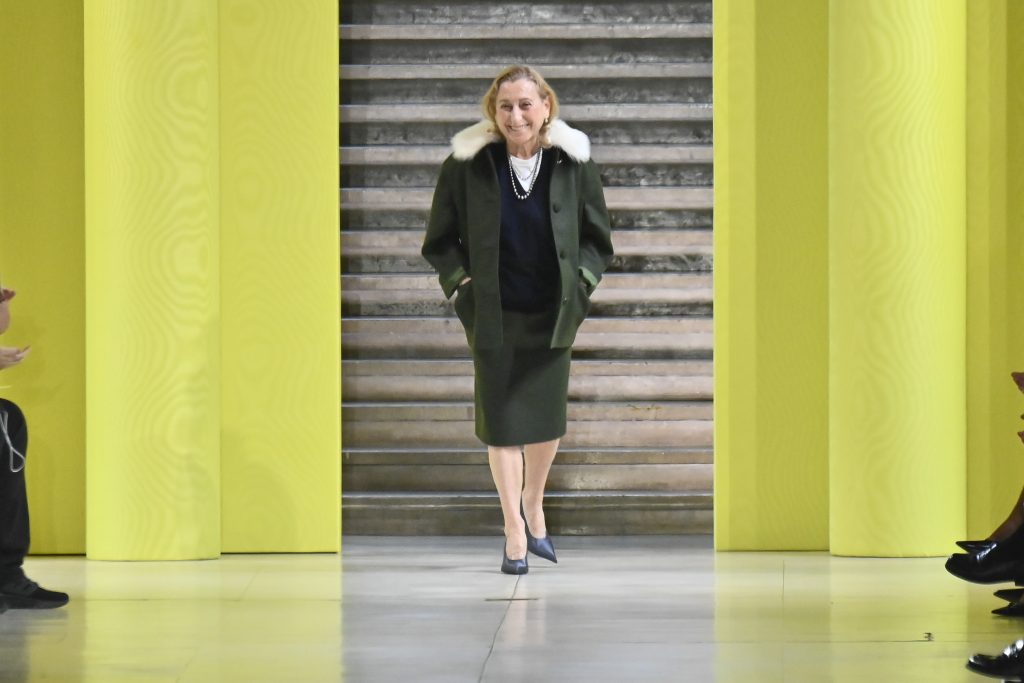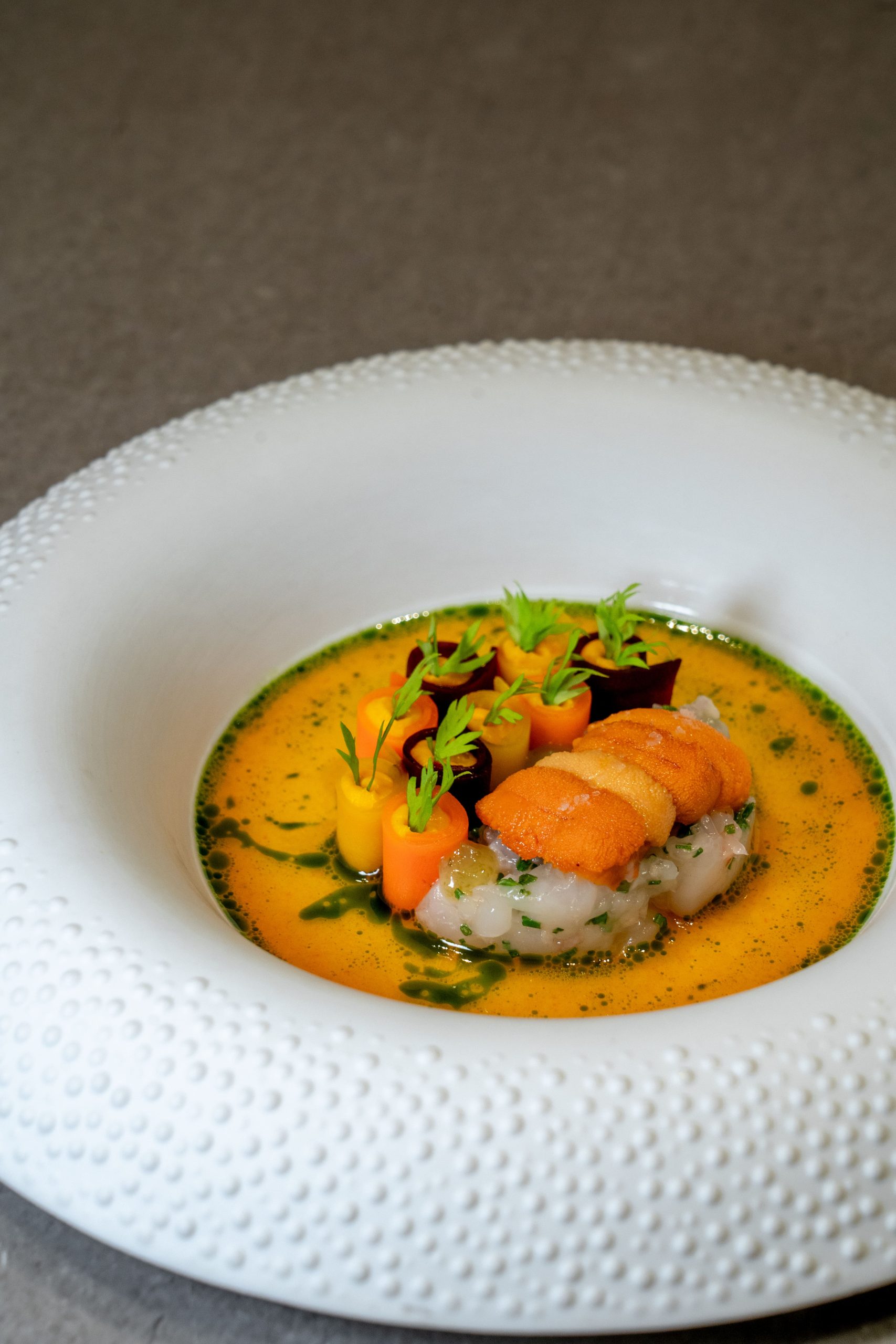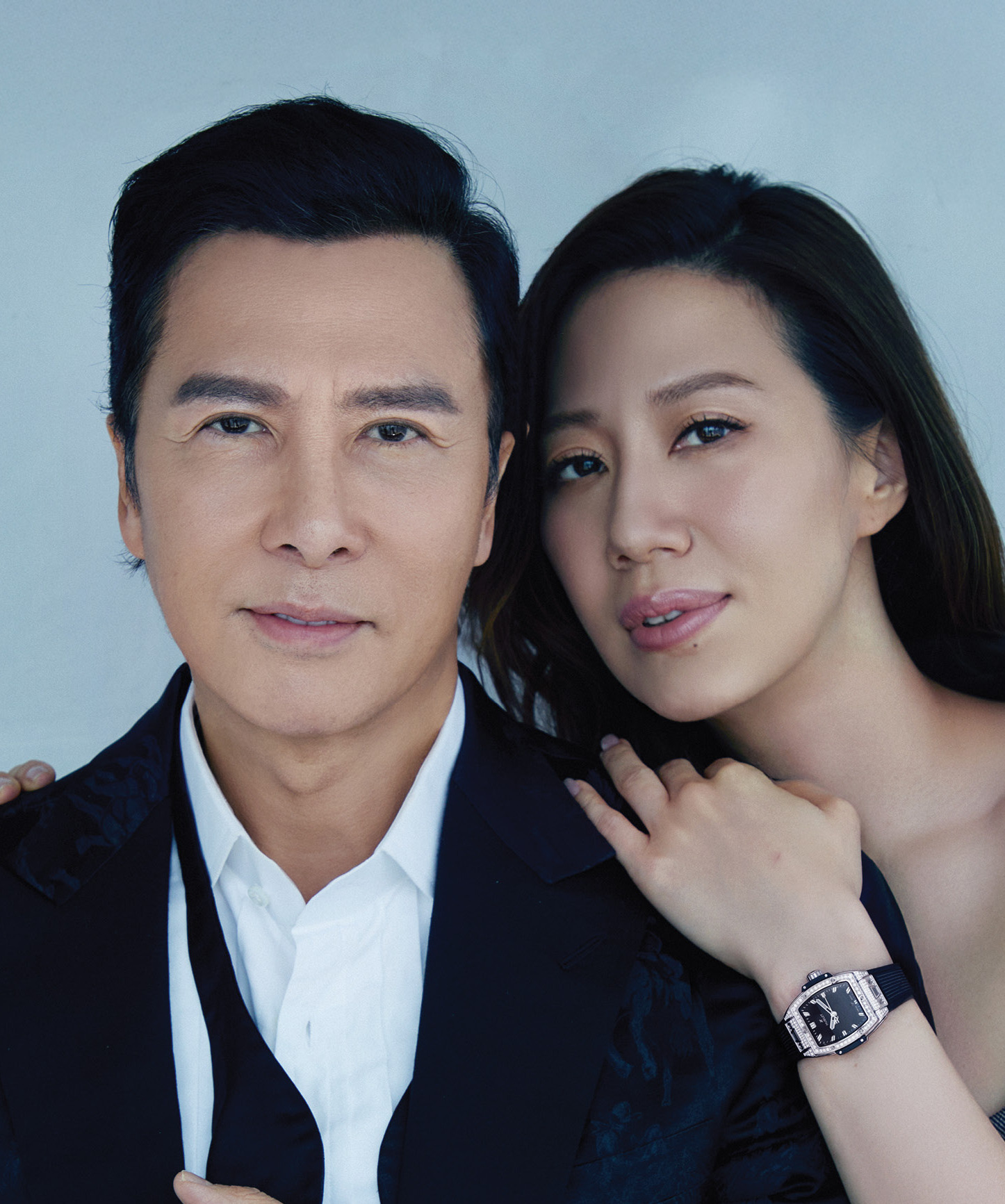Chloe Wong gives you 10 insights about Miuccia Prada

Few designers have challenged the conventions of fashion as boldly—or as brilliantly—as Miuccia Prada. As the creative force behind both Prada and Miu Miu, she has spent decades weaponizing “ugly chic,” subverting stereotypes — all while maintaining an enigmatic persona. Miu Miu is like the younger, more playful rebellious sibling of Prada, setting trends and signature pieces for the younger generation of fashionistas. This is the story of a woman who hates being called a fashion designer, yet has indisputably become one of the most influential figures in its history.
1. From politics to fashion
Miuccia Prada earned a PhD in Political Science at the University of Milan in 1978 and trained as a mime performer at the Piccolo Teatro in Milan before reluctantly joining the family leather goods business in the late 1970s. She initially despised fashion, seeing it as frivolous, but eventually used it as a medium for intellectual and feminist expression. Her academic background deeply influences her design philosophy—she treats fashion as a cultural statement, not just commerce.
2. The reluctant heir who revolutionized Prada
She took over Prada in 1978, founded by her grandfather in 1913, when it was a staid luggage brand. Her first major move? Introducing luxurious but understated nylon backpacks in 1984, which defied the era’s flashy luxury and became an instant hit. This marked the beginning of her “anti-glamour” aesthetic, challenging the excess of 1980s fashion. The fact that these nylon bags are so popular and widely coveted even to this day shows her legendary ability to create widely loved pieces.
3. Feminist who hates being called a “fashion designer”
Miuccia famously resists the title of fashion designer, preferring to be seen as a cultural provocateur. She was a feminist activist who frequented Communist circles before joining the fashion scene, her views spilling over into her designs. She once said, “I don’t like fashion. I hate it. But I love the idea of using it to say something.” Many of her work critiques traditional femininity—like her 1990s “ugly chic” collections, which rejected conventional beauty standards in favor of cerebral, awkward elegance.
4. Married to her business partner (and rival) Patrizio Bertelli
She met Bertelli, a leather goods entrepreneur, in the late 1970s, and they married in 1987. Though their relationship is famously tempestuous as they’ve been known to argue publicly, their partnership has turned Prada into a global powerhouse. Bertelli handles business while Miuccia leads creativity.
5. Why she created Miu Miu – a personal playground
She launched Miu Miu in 1993 as an outlet for her more impulsive, rebellious ideas, named after her childhood nickname. The Miu Miu line was introduced in 1992 as a more affordable womenswear line inspired by her own personal wardrobe. Unlike Prada’s intellectual clean-cut image, Miu Miu is nostalgic, and provocative, reflecting her personal contradictions: highbrow yet playful, refined yet eccentric.
6. An art collector & patron
Beyond fashion, Miuccia is a major contemporary art collector and co-founded the Fondazione Prada in 1993, a Milan-based cultural institution. She collaborates with artists like Damien Hirst and Rem Koolhaas, who designed Prada’s many fashion show installations like Prada Mode in Moscow, blending fashion, installation, and conceptual art. She is also friends with Cindy Sherman, a popular contemporary American artists whose works include photographic self-portraits that challenge self-identity and conventional representations.
7. Her love of uniforms & subversion
Miuccia is obsessed with uniforms—schoolgirl, military, office wear—but twists them to challenge power structures and conventional stereotypes. Her SS 2022 Miu Miu collection featured micro-miniskirts with office shirts, sparking debates on women’s autonomy vs. male gaze. She explains: “I like to take something conservative and make it disturbing.” Miuccia famously gave the school uniform a rough edge, distressing the seams and making it cropped, playing around with familiar pieces.
8.Dabbling in costume design
Miuccia is not constricted to fashion runways when it comes to design, trying her hand at costume design for the first time. In 2010, Prada designed costumes for Guiseppe Verdi’s opera ‘Attila” at the New York City Metropolitan Opera House. The themes of political instability and contrasts between the old and new work influenced Miuccia who approached the, through a lens of post-Apocalyptic costumes. For example, Miuccia used long distressed leather coats in a rusty brown and black, along with tribal feathered helmets, and dresses in dusty sack silhouettes that reflected the turbulent journey of the characters in the show.
9. A designer against fast fashion
Miuccia has spoken out against fast fashion, critiquing how the quick production cycles churn our low-price items that are quickly disposed of due to their micro trend-based designs and questionable quality. Just like how she wears vintage garments, Miu Miu’s Upcycled consists of vintage dresses reworked with Miu Miu’s aesthetic codes into creative, designer pieces.
10. Best dressed over-50s
In March 2013, Miuccia was named as one of the fifty blessed dressed over-50s by Forbes, proving that style is not limited by age. Her clothing choices reflect the modern aesthetic and playful design in Miu Miu, often seen in statement coats, pleated skirts, and ballet flats. She relies on a series of staples and silhouettes, incorporating her own Miu Miu designs during fashion shows. After all, it was her wardrobe that came to shape Miu Miu and what we know love about it.
Also see: 10 things about Tod’s Matteo Tamburini





